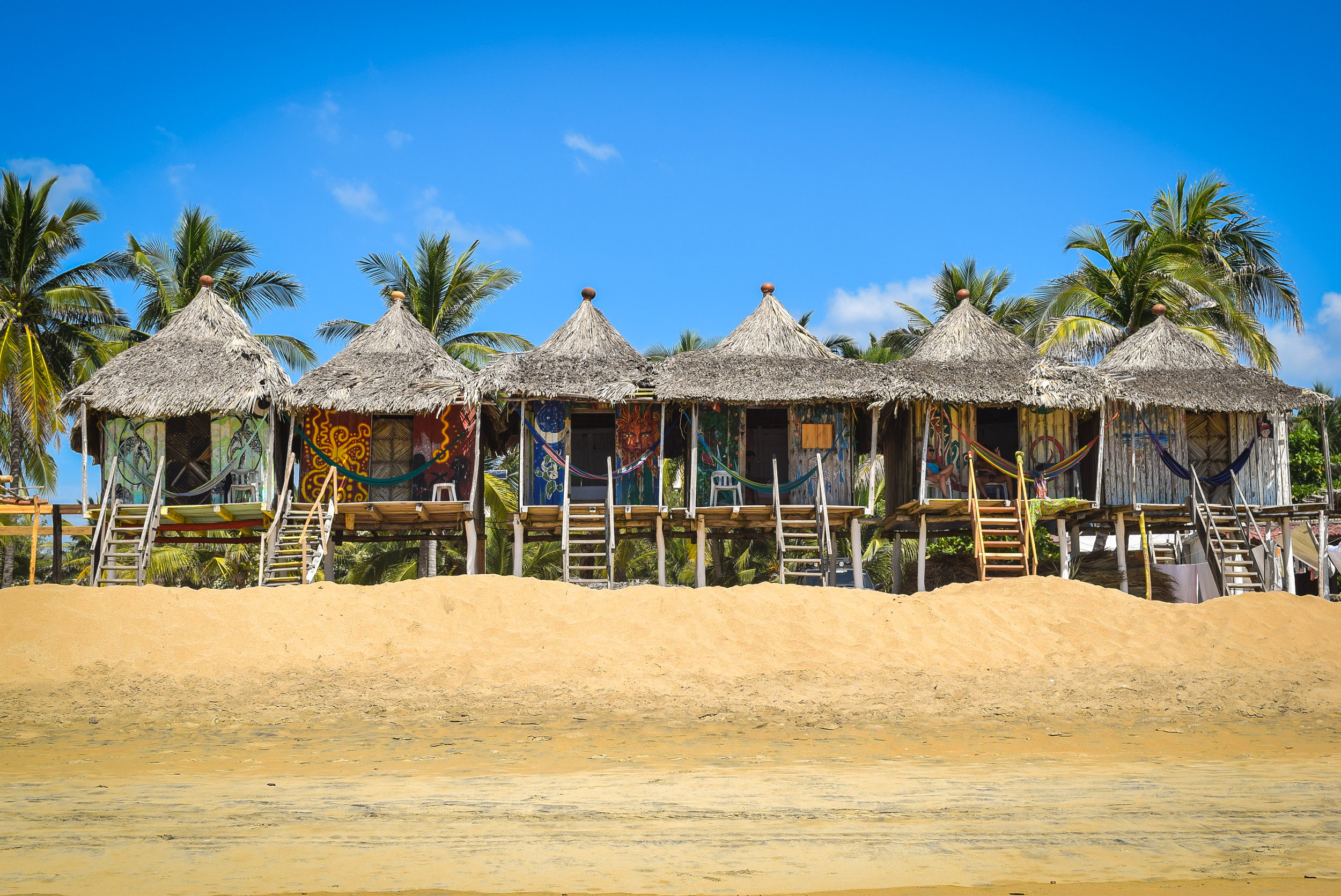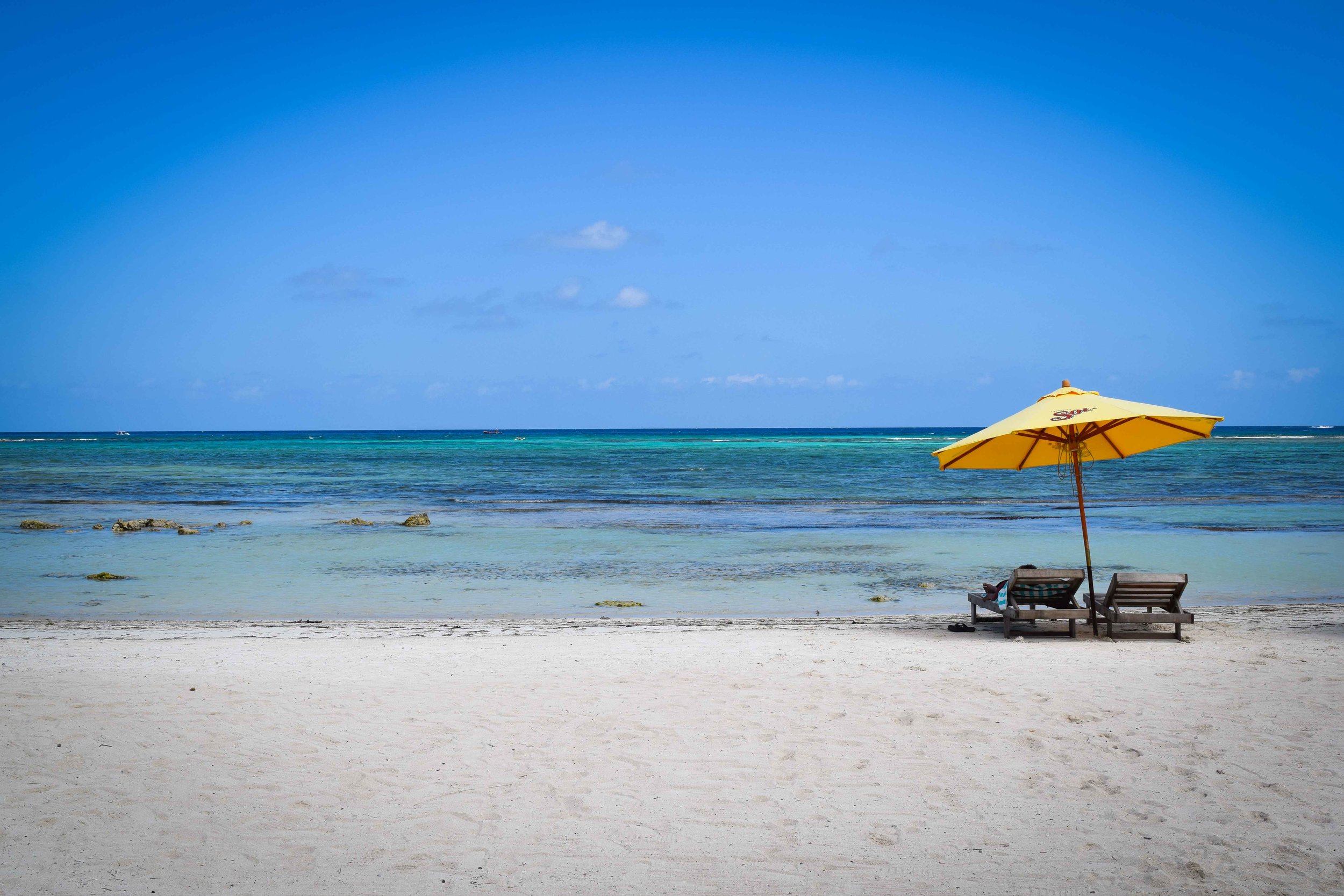Impressions from Día de los Muertos
Look past the stereotypical sombrero hats and tequila and you’ll find the skull to be the true yet unofficial icon of Mexico. Honestly, they’re everywhere – sold as tiny keepsakes for a couple of pesos in souvenir shops, incorporated into decorative folk art across the country, and produced hundreds of times over on hipster t-shirts.
Even the country’s tourism board has jumped on the skull hype to market itself (Mexico is the 10th most visited country in the world). Arrive in any major airport in Mexico and you’ll be sure to lay eyes on at least one splashy advertisement containing a colorful skull, typically making some sort of jovial face in an attempt to get you into the fiesta spirit immediately upon your arrival.
And by the time Día de los Muertos rolls around each year at the end of October, the whole country is on a complete skull overload. As a visitor, I found this to be one of the best and most unforgettable times to visit Mexico.
Somber beginnings, joyous future
For a holiday honoring the dead, Día de los Muertos has morphed into a highly marketed event, and it’s not just for the tourists.
A new tradition recently began in Mexico City, which was inspired by the latest James Bond film, Spectre. In the opening scene of the movie, James Bond chases a villain through the streets of the Centro Histórico while a gigantic Day of the Dead parade, complete with intricate floats, costumes, and traditional dancers, takes place. After the film was released, tourists who visited the city were expecting to see this spectacle, and the tourism board seized the opportunity to make it a reality. Now, the parade is set to take place each year. Thousands of people lined the streets to catch the first movie-inspired parade (the local reception was mixed – some say it’s a distortion of culture, while others enjoyed the exhibition of it all).
In the UNESCO-designated city of Guanajuato, the whole affair is just as spectacular with people roaming the narrow cobblestone streets dressed as skeletons, either La Catrina (female) or El Catrin (male), while exchanging stories, playing music, and celebrating the holiday.
During this time, cemeteries across the country fill with families visiting the graves of loved ones. The cemeteries are often decorated with flowers, particularly lovely orange cempasuchil (marigolds) and lit with hundreds of candles.
In private homes, families often build altars containing ofrendas, literally meaning 'offerings' for the dead, which could be anything the deceased enjoyed during life (you'll find everything from chocolates to mezcal to enchiladas).
In Mexican culture, it is believed the dead return from the grave for one night, on October 31st, to enjoy the things left for them on the altars. Although it falls on the same night as Halloween, don't confuse this tradition with anything to do with the American custom. Day of the Dead traditions are held to honor and respect the dead, while Halloween is a holiday meant to invoke fear of the dead. Though it is worth noting that Mexican children have adopted the American tradition of going door-to-door in costume asking for sweets on the night of October 31st (they shout "Queremos Halloween!", which roughly translates to "We want Halloween!" or "We want candies!").
These celebrations take place everywhere from tiny beach towns to mega cities. To allow people to spend time with their families and pay their respects, schools shut down and many businesses close during this national holiday.
Everyone is welcome
Mexicans are known for their warmth and welcoming nature. Even when celebrating what to me appears to be a deeply personal holiday, they are eager to share their knowledge and history with anyone interested. If you’re like me and can only scrape by with basic Spanish, they still try to explain as much as possible. I think it’s safe to say that most Mexicans are proud and eager to show off their unique culture.
Día de los Muertos celebrations aren’t just for Mexicans either. In colonial cities like San Miguel de Allende and Guanajuato, visitors are encouraged to have their faces painted as skulls and to dress up in costume. This has become a sort of tourist attraction in itself – there are incredibly intricate homemade costumes and most of the people who dress up love to pose for photos.
The smaller, the better
Looking for authentic Día de los Muertos celebrations? Get out of the big cities. Although all the parades, festivities, and face-painting is a lot of fun, this is the highly marketed, tourism-driven side of the holiday. If you want to see a more traditional celebration, it's best to head out of the major metropolitan areas and settle into a small town for a few days.
I found the cemeteries in little fishing villages on the coast of Oaxaca to be the most fascinating - full of floral arrangements, candles, and decorated with colorful banners.
Planning a trip to Mexico?
Before your trip, check out some of the other Sidetracked Mexico posts for first-hand information, tips, and inspiration. You'll also be able to find plenty of other travel blogs online that can provide you with insider info and useful travel advice.
For the most relevant advice on top attractions, off-the-beaten-path destinations, and plenty of other practical travel information, I can highly recommend the Lonely Planet Mexico guide book. Guide books aren't for every traveler, but if you're like me and love to have everything listed in one handy place, this is the one item you don't want to leave home without. Happy travels!
Like it? Pin it!









